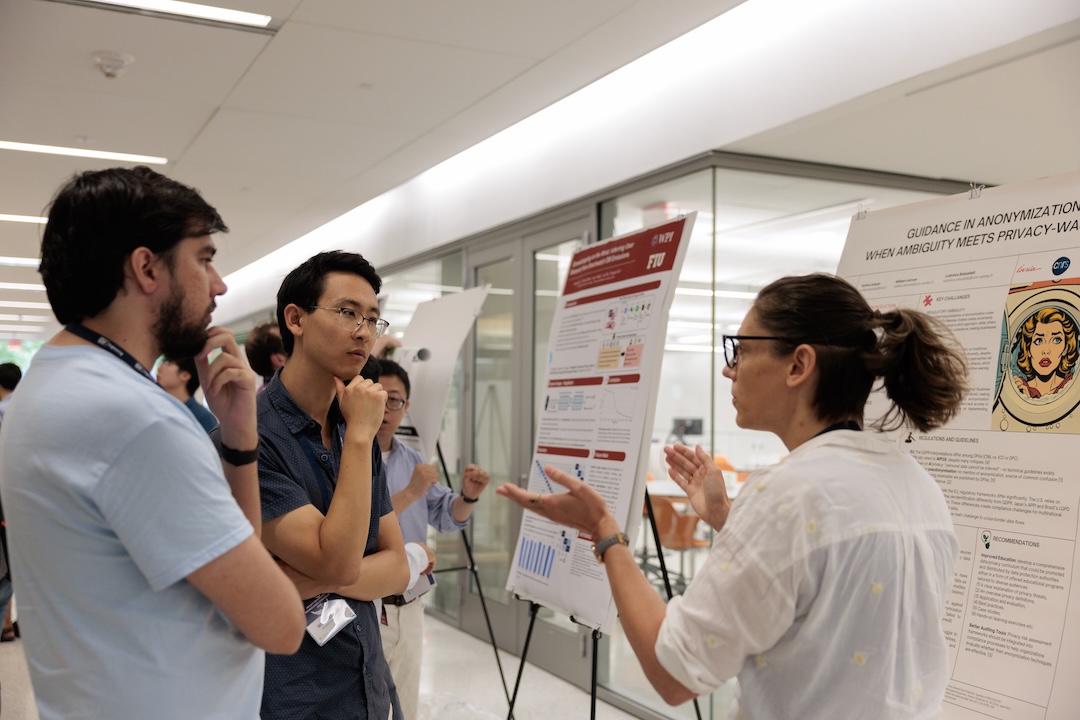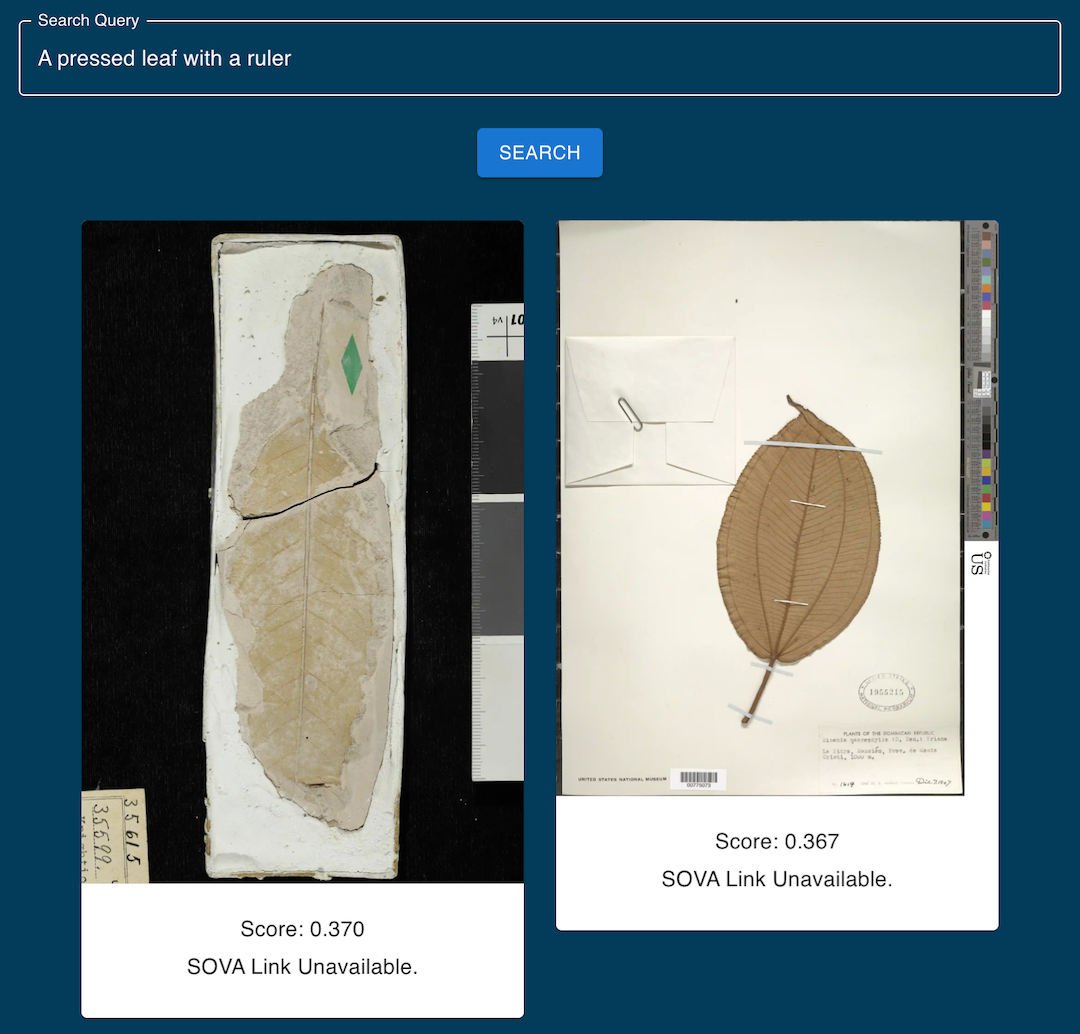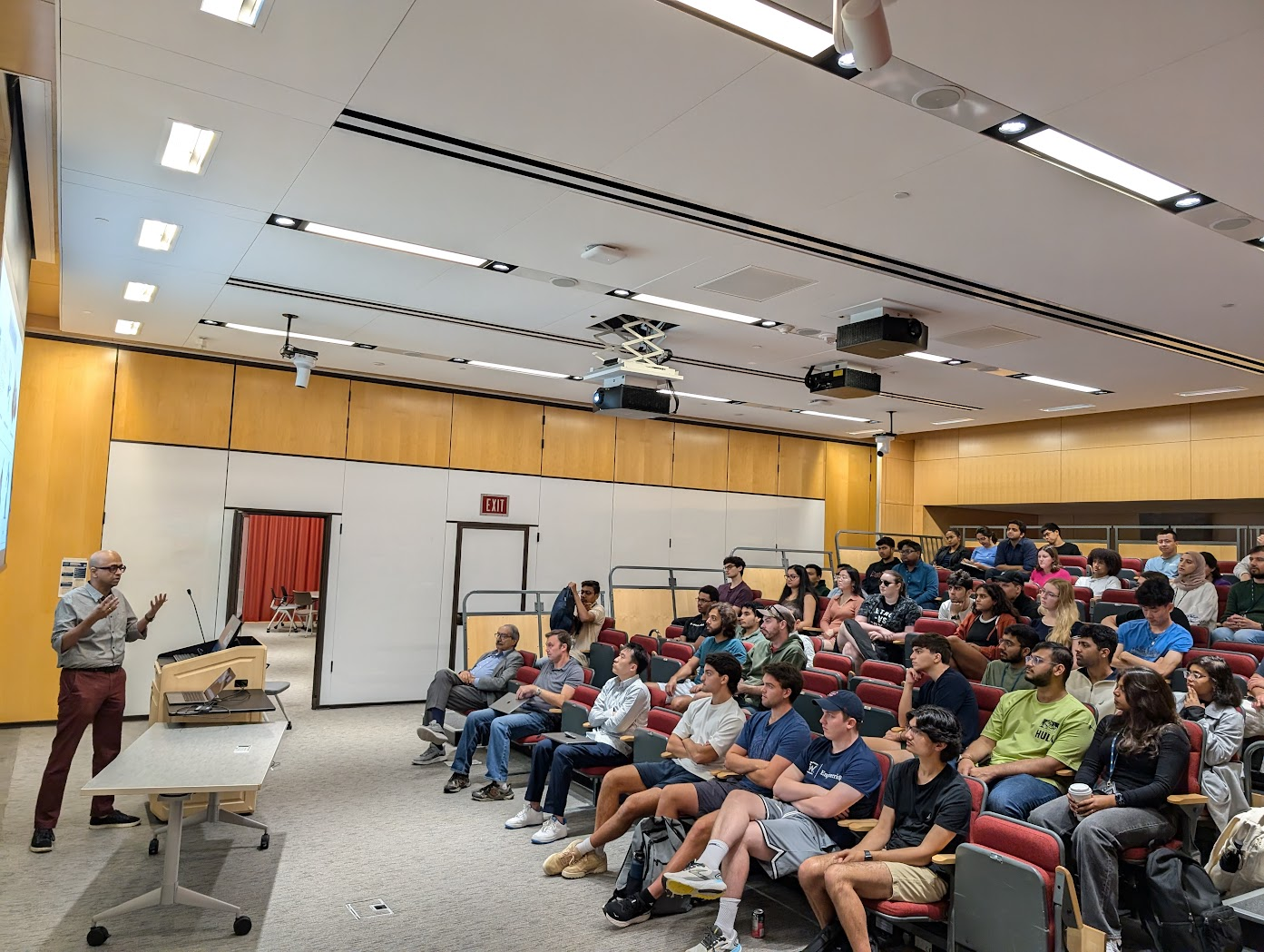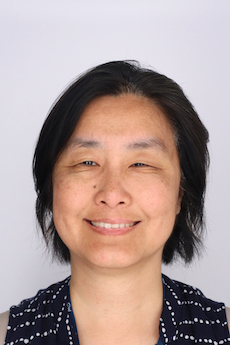Innovating Solutions and Impacting Change from the Nation’s Capital
LETTER FROM THE DEPARTMENT CHAIR
GW Engineering has officially joined the ranks of the nation’s top 100 graduate engineering schools. This is a milestone that reflects growing recognition of our faculty’s research, our students’ success, and our strategic location in the heart of the nation’s capital. The rise signals exciting forward momentum, and we are proud that the Department of Computer Science (CS) is a driving force behind it.
Our unique position in Washington, D.C. links us to a complex, globally connected world and shapes our research and teaching in response. We host international convenings like the Privacy Enhancing Technologies Symposium (PETS), which pushes the boundaries of privacy research, and community-building events like the Capital Region Celebration of Women in Computing (CAPWIC), which fosters broader participation in computing. Our faculty leads projects that span disciplines and positively impact society: from building smarter ways to access digitized museum collections to developing next-generation medical diagnostics.
Our students also embody the spirit of innovation and impact. From undergraduate researchers presenting at national conferences to student-led organizations that foster inclusive learning and leadership, our community is defining what engineering leadership looks like in the 21st century.
As GW Engineering rises, our department remains focused on what truly drives progress: people. Our students, faculty, and collaborators are working every day to build a more secure, inclusive, and innovative future.
And we’re just getting started!
Rebecca Hwa, Ph.D.
Professor and Chair
Department of Computer Science
School of Engineering and Applied Science
The George Washington University

SEEING THE SIGNS: USING OPTICAL SCAN TECHNOLOGY TO DETECT DISEASE
Clinical screening and diagnoses are integral to ensuring patients receive the healthcare they need, but patients are often met with cost and accessibility barriers. Professor James Hahn addresses this pressing issue by developing new technology using artificial intelligence and optical scans.
Hahn developed a methodology to diagnose and monitor obesity and sarcopenia, the progressive loss of muscle mass and function in older adults. The technology can be used with various low-cost platforms, including smartphones. Traditionally, sarcopenia has been diagnosed using dual-energy X-ray absorptiometry scans (DEXA), which can be inaccessible and costly and have risks associated with radiation exposure.
Funded by National Institutes of Health R01 and R56 grants, Hahn’s team enrolled study participants in collaboration with partners in Surgery, Geriatrics and Palliative Medicine, Physical Therapy, and Exercise and Nutrition Sciences, finding that their approach is effective and accessible.
In light of their success, Hahn and his team have applied the technology to prenatal care. They enrolled additional participants from the GW Obstetrics and Gynecology program, where telehealth accessibility using smartphones can be especially beneficial.
Hahn’s ground-breaking, interdisciplinary work has the potential to help clinicians better address several healthcare challenges. “The technology we are pioneering may lead to widespread use of a novel imaging modality with the potential to practically reduce healthcare costs and disparities,” Hahn concluded.

BUILDING COMMUNITY, ADVANCING PRIVACY
From the Washington D.C. metro area to countries across the globe, the CS Department regularly transforms GW Engineering into a collaboration hub for local and international computing communities. In 2025, this was exemplified through the ACM Capital Region Celebration of Women in Computing (CAPWIC) and the Privacy Enhancing Technologies Symposium (PETS).
After a decade of rotating hosts across the Mid-Atlantic, CAPWIC came to GW for the first time, thanks to Professor Tim Wood’s initiative. It brought together 25 East Coast universities to uplift women and underrepresented groups in computing and promote allyship. The program offered both professional and technical development through industry speakers, panel discussions, poster sessions, and workshops. Thirty GW Engineering students took part as volunteers and attendees, gaining valuable connections and experience.
On a global scale, PETS 2025 gathered over 275 attendees to explore how to build tools that protect privacy from design to end use. GW offered the ideal setting, with D.C.’s accessibility supporting easy travel for international attendees and the school’s proximity to policymakers enabling unique, policy-oriented workshops. Professor Adam Aviv, a prominent researcher in computer security and privacy, coordinated the event, reinforcing the department’s leadership in global privacy conversations.
Together, these conferences underscore the department’s role as a convener, fostering collaboration and dialogue to promote a more inclusive and secure future for computing.
From Building Websites to Securing Them: How Ozzy Simpson Found His Path
By age 10, Ozzy Simpson, B.S. ‘25, was a self-taught web developer. This foundation positioned him for success in his undergraduate studies, but it was through the CS Department’s robust curriculum and faculty mentors that he discovered his passion for cybersecurity. Now on track to earn his master’s in Spring 2026, he prepares for a career protecting national security.
A high-scoring exam in his first semester led Simpson to a teaching assistant (TA) role that shaped his academic journey. He shares that being a TA offers valuable practice explaining technical concepts, preparing him for the technical interviews he’ll face in his career.
In his junior year, Simpson’s interest in cybersecurity was sparked by taking Computer Security. Covering topics from password cracking to authentication systems, Professor Joe Goldfrank designed the course to culminate in a final hacking exercise challenging students to gain root access to a virtual machine. This experience highlighted how a system’s security ultimately stems from its creator, as Simpson discovered he was able to use one of the passwords included in the class’s first assignment to gain initial access. To achieve full access, he then exploited the fictional website’s comment form to run malicious code.
From network security to cryptography, Simpson explored his cybersecurity interest further by taking classes related to computer security.
“Once you take one of those classes, none of the others feel foreign because you’ve at least seen some of that information in another class,” he said.
Goldfrank’s class also spurred Simpson to apply for the CyberCorps: Scholarship for Service program, which funds his education and supports job placement by facilitating networking opportunities. This support made pursuing his master’s through the department’s 4+1 program a no-brainer, where he will continue TAing, collaborating with Goldfrank on machine learning and network research, and expanding his expertise through electives like Software Security.
Simpson’s story not only demonstrates his personal dedication but also exemplifies the department’s collaborative academic environment and ethos of student-led learning.
“In the department, there are lots of opportunities to chart your own path to supplement your cybersecurity education,” said Simpson.

From College to Career: The Impact of Student-Led Organizations
The CS Department encourages students to take an active role in their career preparation by leveraging the extracurricular activities available at GW Engineering. Between GW’s chapter of Women in Computer Science (WiCS), the Association of Computing Machinery (ACM), and the newest organization, RevTech, CS students have a wide range of ways to engage in professional development and skill-building activities.
As a woman in computing, Sophia Tamburrino, co-president of WiCS, shares that it’s easy to feel like an impostor. Having the WiCS community has not only helped her decide on a career path but also expanded her involvement in teaching opportunities, undergraduate research, and leadership positions.
“WiCS plays a critical role in GW Engineering. Getting to know the women in our department allows students to feel comfortable expressing themselves and have their voices heard by other professors when seeking help,” said Tamburrino.
For all students, ACM enhances their experience through events that strengthen the department’s community and broaden their understanding of CS. Game Nights and Coffee with Professors foster informal connections with faculty, while weekend study halls encourage collaborative learning among peers. On the technical side, programming competitions, hackathons, and tech talks allow them to explore topics and technologies not covered in the classroom. Alumni panels provide insight into careers beyond GW and valuable networking opportunities.
RevTech, launched just a year ago, further supports professional development through real- world software engineering projects. This club serves as a forum for them to practice working collaboratively and to exercise the skills they learn in the classroom. Open to all skill levels, it offers a supportive environment for continuous learning and a chance to gain practical experience for students’ resumes.
In computer science, experience speaks louder than words. RevTech’s creation is a prime example of CS students taking initiative and investing deeply in their futures. Alongside WiCS and ACM, these student-led organizations provide the structure, community, and real-world experience that set them up for long-term success.

Building on the Brain, One Experience at a Time
When she came to GW, Zeina Nweashe knew she was interested in technology, but wasn’t sure where to start. Nweashe quickly discovered compelling research opportunities with the CS Department, which helped her turn that interest in technology into a passion for innovation.
Nweashe began working in Professor Qu’s lab in Fall 2024 when she was a sophomore. Qu’s lab is focused on developing brain-computer interaction (BCI) technology. The lab has developed BCI technology for commercial applications, like a captivating penguin-racing game, and clinical applications using machine learning methods to facilitate better electroencephalogram (EEG) data collection and analysis.
“From the moment I joined, I felt like I was part of something important,” she said. “We’re building systems that translate human thought into digital action. That kind of research is hard. It requires problem-solving, experimentation, and long hours of testing and calibration. But it’s also rewarding.”
She credits her work in the lab with helping her apply her knowledge beyond the classroom. “I developed skills I couldn’t have learned in a classroom alone, such as real-time EEG signal processing, training machine learning models, and refining them based on user feedback,” she explained.

Her experiences with Qu’s lab gave her the opportunity to present at the 2025 American Association for the Advancement of Science (AAAS) annual meeting in Boston, which allowed her to practice explaining technical concepts to individuals from different backgrounds.
This spring, Nweashe won a university-wide Undergraduate Research Award to support her final year of undergraduate research. She shared that the Undergraduate Research Award has empowered her to focus on big-picture goals like publishing papers and traveling to conferences.
“Each experience built on the last, giving me a stronger foundation as both a student and a future professional,” Nweashe stated.
As Nweashe enters her next chapter pursuing graduate studies in brain-computer interaction and assistive technology, she’s certain her experiences with the department will be the foundation of her success.
“Whether I go into research, industry, or graduate school, I’ll bring with me the foundation of innovation, collaboration, and curiosity that I developed here,” she concluded.

Searching Smarter: Using Computer Vision to Explore the Smithsonian Collections
GW’s Foggy Bottom Campus is just a few blocks from the Smithsonian Institution, the world’s largest museum, education and research complex, allowing GW students and faculty unprecedented access to some of the most captivating collections in the world. Not all people are lucky enough to have such physical access to the collections, however, which inspired the Smithsonian to launch the Smithsonian Open Access initiative to give individuals digital access to over 5.1 million items from the collections.
A similar passion for search accessibility inspired Professor Robert Pless to propose a collaboration with Dr. Alex White from the Smithsonian Data Science Lab to use computer vision tools to make it easier for users to search for images in the Smithsonian Open Access Image Collection.

Image-text search engines can be particularly challenging to navigate, Pless explained.
“For example, you might make a query: ‘Find a picture of a red butterfly with a green head sitting on a branch.’ When you don’t get any matching results, is it because your dataset doesn’t have any green headed red butterflies on a branch, or is the language component not able to understand one of the concepts or how they relate, or is the image component not able to recognize something?” he clarified.
Pless, with CS PhD students Kevin Robbins and Alper Çetinkaya, is using new computer vision tools like “CLIP” that tie images and languages together, like with Dall-E, where you type in a description and the system generates an image to match that description. They use the same underlying function to help users find the image in the Smithsonian collection that best matches their query, allowing for sophisticated searching.
Much of the collection is a herbarium collection, which documents where and when leaves were collected and preserved. Analysis of these images can show when insects started eating the leaves during the year and how that timing has changed over time.
The Smithsonian was founded with the goal of increasing and diffusing knowledge, and Pless’s work plays an integral role in furthering this mission in our modernized, digitized world.



